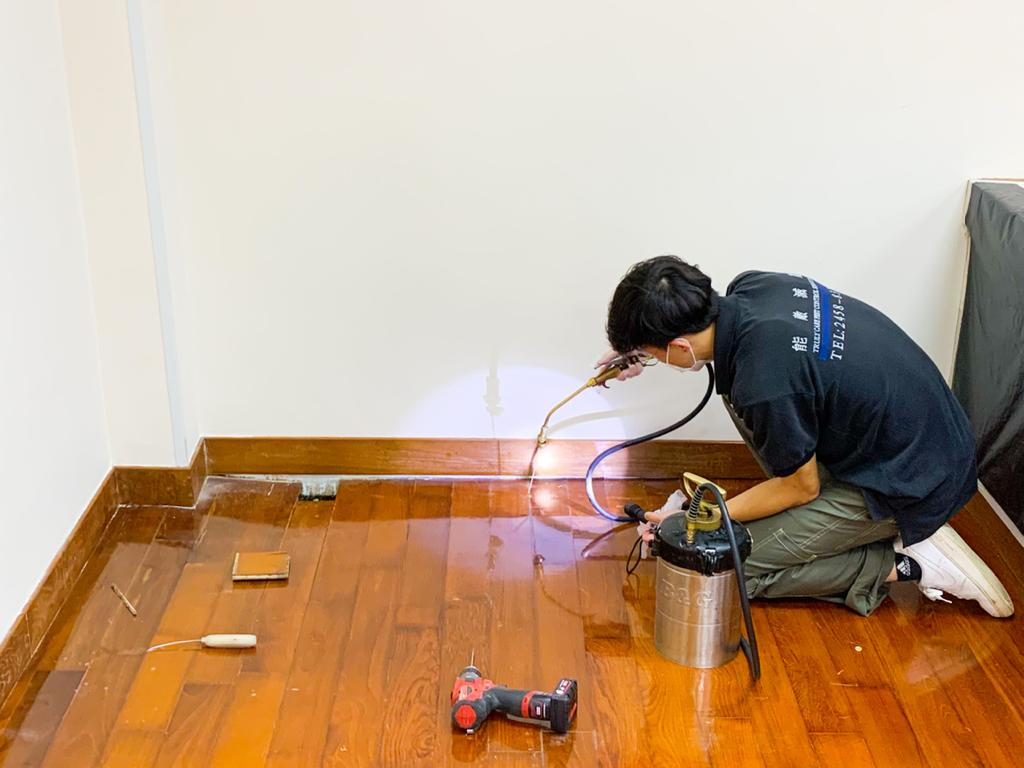
What is a termite?
The Secret of the "Termite Kingdom" Termites belong to the order Isoptera and live in colonies. Within their colonies, there exists a strict hierarchy, with each member fulfilling specific roles, creating what people call the "Termite Kingdom."
At the apex of this kingdom are the king and queen, responsible for mating and egg-laying, leading a life of luxury throughout the year. The builders of the colony are worker termites, tasked with the laborious duties of nest construction, road repair, foraging, water transportation, egg protection, and feeding, tirelessly laboring without complaint throughout their lives.
Soldier termites serve as the faithful defenders of the kingdom, using their uniquely shaped mandibles to fend off invading enemies, displaying fearless combat until their sacrificial end.
In the termite kingdom, millions of individuals form a vast family with a systematic division of labor and coordination. Their remarkable ability to digest cellulose, the bustling scenes during the annual mating flight season, the superior nest-building skills of worker termites, and the queen's rapid egg-laying capacity seem truly incredible.
Over the past 200 years, human research into termites, spanning fields such as taxonomy, biology, physiology, and ecology, has gradually revealed the miraculous inner workings of the termite kingdom, earning it a place among the seven wonders of the modern biological world.
Termites are a Global Pest Termites are one of the world's global pests, surviving and thriving in harsh natural environments. Throughout their long history, they have never ceased to wreak havoc on human production and life, damaging almost every aspect of human endeavors, including house construction, furniture, clothing, warehouse goods, reservoir embankments, agricultural and forestry products, communication equipment, vehicles, ships, military equipment, and libraries.
Because termites can live concealed lives, with colonies numbering from thousands to millions of individuals dwelling underground, in walls, structural pillars, or ceilings, often unnoticed by people, they are difficult to detect and prevent. Neglecting their threat until termite damage is discovered can lead to severe consequences. The proverb "A levee of a thousand cubits can be destroyed by an ant's nest" from 2200 years ago is still widely used today. Consequently, termites are recognized by international entomologists as one of the world's five major pests.
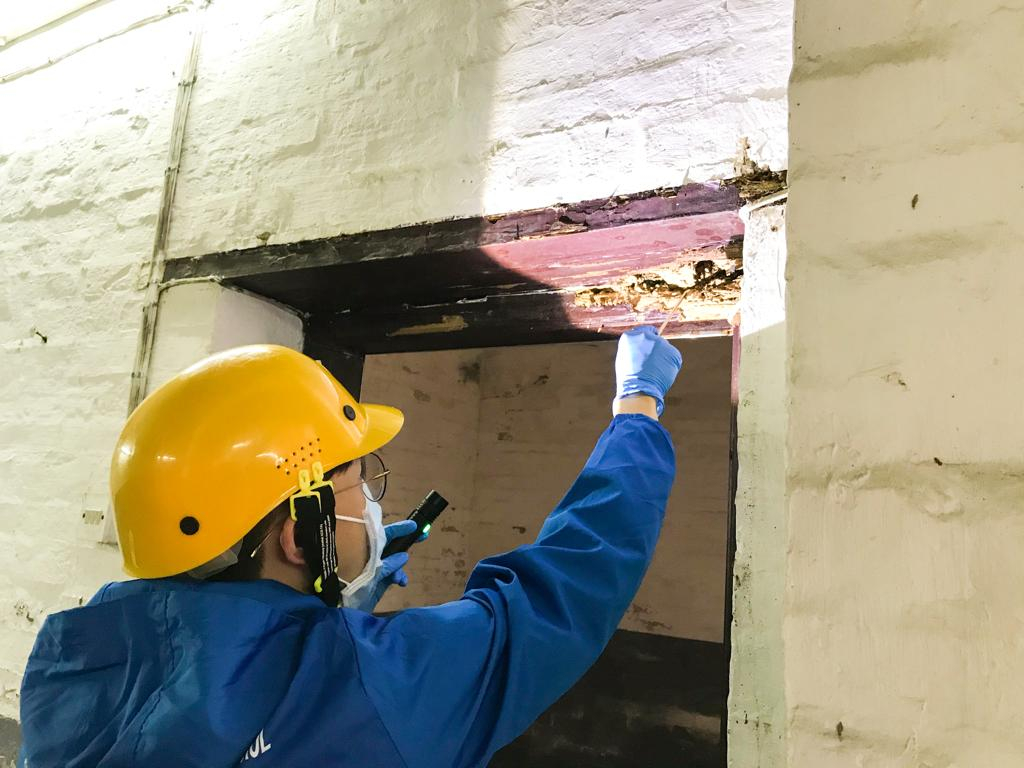 Termites and Ants
Termites and Ants
In everyday life, people often mistake termites for ants or colloquially refer to them as "white ants." In reality, termites and ants belong to different orders within the class Insecta, with termites belonging to the order Isoptera and ants to the order Hymenoptera.
Termites have a history of survival spanning 250 million years. The front and hind wings of the adult termites are almost equal in length, with wings longer than their bodies. Worker and soldier termites are mostly pale or grey-white, with minimal variation in width between the thorax and abdomen. Their eyes are degenerate, and they prefer to carry out activities in darkness, feeding on cellulose-based materials without storing food. They undergo incomplete metamorphosis. On the other hand, ants have a survival history of only 60 million years. The front wings of the adult ants are larger than the hind wings. They are mostly yellow, brown, black, or orange-red, with distinct narrow waist segments between the thorax and abdomen. Ants are not averse to light and are often active in open areas. They primarily feed on meat or have omnivorous habits and exhibit food storage behavior. Ants undergo complete metamorphosis.
In terms of insect evolutionary history, termites are considered relatively ancient and primitive insects, with a closer relationship to cockroaches, making them one of the ancestors of the insect world. In contrast, ants are more closely related to bees. There are significant differences between the two in terms of morphology, evolution, and dietary habits. Compared to humans' existence, termites are considered the earliest creators of communal living, being the progenitors of colony living.
白蟻與螞蟻的區別
|
Feature |
Termites |
Ants |
|
Antennae |
Straight and bead-like |
Elbowed |
|
Waist |
No distinct waist; thorax and abdomen blend |
Clearly defined waist; thorax and abdomen separate |
|
Wings |
Two pairs of wings, similar in size and shape |
Two pairs of wings, with front wings larger |
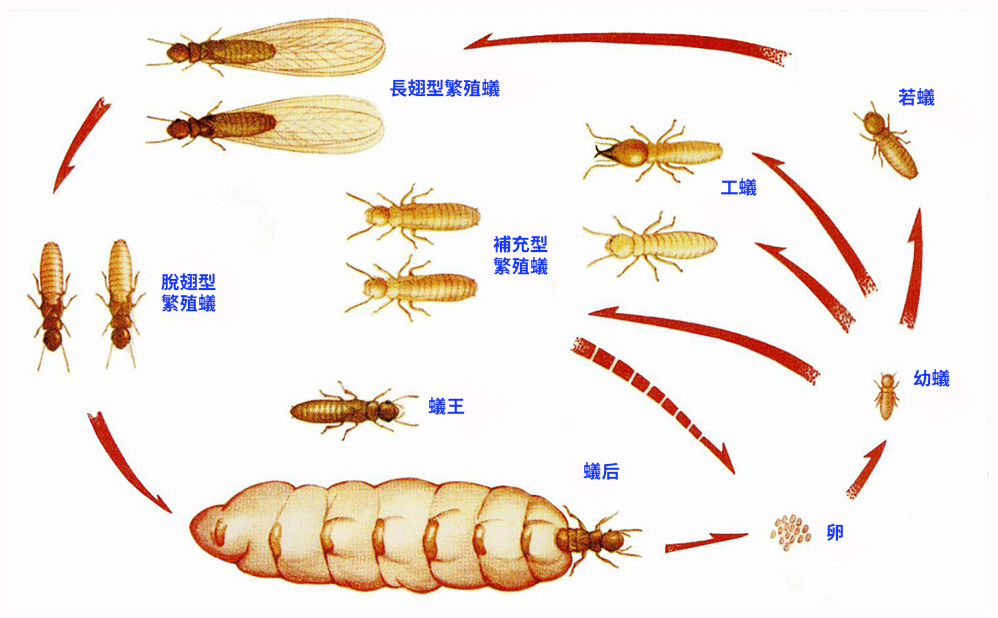
Life Cycle of Termites
The survival and reproduction of termites rely on reproductive ants (alates). The months of April to June mark the breeding season for termite colonies. During this time, thousands of winged reproductive ants emerge from the original colony nest and take flight. After shedding their wings, the male and female alates pair up. Once they find a suitable location, they establish a new colony, thus beginning another generation of termite colonies.
After mating, the wingless reproductive ants start laying eggs approximately one week later. The queen, in her prime, can lay tens of thousands of eggs per day. The eggs hatch into larvae in about twenty days. From the time the wingless reproductive ants lay eggs until the birth of the first instar larvae, it takes about a month. After undergoing several molts, the larvae develop into adult worker and soldier termites in about a month.
It takes approximately seven to ten years for a mature termite colony, from the mating of wingless reproductive ants to the first emergence of the next generation of alates, to be ready for another round of dispersal and reproduction.
This cycle of reproduction and development within the termite kingdom repeats year-round, sustaining the prosperity and survival of the species throughout its lifespan, which typically ranges from fifty to eighty years.
Hierarchy of Termites
The most significant biological characteristic of termites is their eusocial colony life. Within a colony, the number of individuals varies depending on the species, ranging from a few thousand to several million individuals. It is not merely a gathering of individuals but a complex colony system. In the same colony, individuals of different castes, including the king, queen, soldiers, workers, larvae, nymphs, and eggs, occupy different positions with specific roles and responsibilities. They depend on each other, help each other, and constrain each other, leading to the continuous growth and development of the entire colony. Individuals that stray from the colony cannot survive in nature for long, let alone reproduce.
The king and queen are the highest leaders in the colony. Throughout their lifespan, which can span several decades, they reside in the royal chamber of the nest constructed by the workers, solely focused on mating, laying eggs, and reproducing offspring, with workers feeding them even. Workers constitute the majority, accounting for over 80% of the entire colony. They tirelessly engage in foraging, tunneling, nest construction, egg care, assisting in larval development and molting, and feeding various caste members. Consequently, workers are the most destructive caste, posing threats to human clothing, food, shelter, and transportation.
Soldiers make up only 5% to 15% of the colony and are responsible for alerting the colony to external threats and defending it.
Nymphs only develop into alates (reproductive ants) in mature colonies. Typically, they leave the original colony during the breeding season to establish new colonies in the following year. The colony's prosperity and longevity are maintained by the roles played by various castes, ensuring its survival and growth for decades.
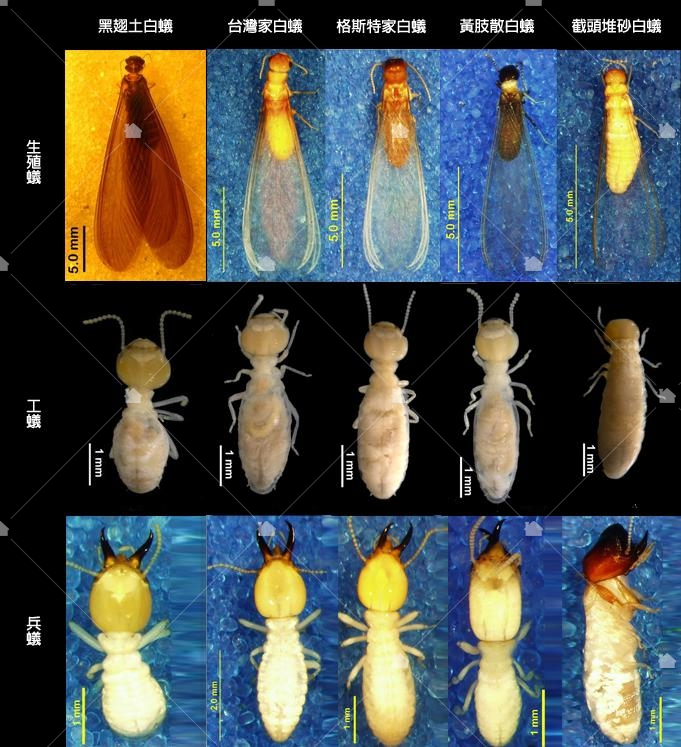
Types of Termites
Termites are found across all five continents: Europe, Asia, Africa, Australia, and America. They are mainly distributed between the equator and latitudes of 45° north and south. There are over 3,000 known species of termites worldwide. According to computer simulations by American scientists, the global termite biomass per capita is estimated to be around 0.5 tons. Considering that the average weight of a termite is 1 gram, humans have an average of over 500,000 termite individuals per capita, which is a staggering number indeed.
China, situated in the eastern part of Asia, spans two major zoogeographic regions: the Oriental region and the Palaearctic region. The diversity of termite species in China is exceptionally rich, with 476 known species identified. Among them, over 70 species are known to damage buildings, with 19 species being the main pest species.
Termite activity in China is mainly concentrated in the vast area south of the Huai River, becoming gradually scarcer towards the north and increasing gradually towards the south. Except for provinces (regions) such as Xinjiang, Qinghai, Ningxia, Inner Mongolia, Heilongjiang, and Jilin, termite distribution records exist in other provinces (regions). The northern boundary of termite distribution in China slopes from northeast to southwest, with the northernmost distribution found in Dandong, Liaoning Province, and the Beijing area. The boundary extends to Motuo in Tibet. The southeastern part is the distribution area of termites in China, covering approximately 40% of the total area of the country.
Signs of Termite Infestation
Flying Termites and Termite Wings During the breeding season, flying termites swarm out in search of suitable locations to establish new colonies. Upon landing, they shed their wings and then search for mates to mate with. Discarded termite wings are a clear sign of nearby termite nests.
Ant Trails
Subterranean termites typically reside in underground soil. When they need to venture above ground to search for food, they construct tunnels to connect their underground nests with their destinations on the surface for protection. These tunnels, known as ant trails, are composed of soil, termite saliva, and excrement, and can range from one to three centimeters in width. These ant trails serve to protect termites from their natural predators while foraging. They also help maintain the temperature and humidity within the tunnels, creating an ideal environment for termites to search for food.
Top Left: Ant trail discovered inside a warehouse. Top Right: An ant trail found in an electrical room under construction. Bottom Left: Termites have built a trail from one door frame to another in this residential unit. Bottom Right: The wooden door and frame in this bathroom have been exposed to moisture for an extended period, making it an ideal location for termite infestation.
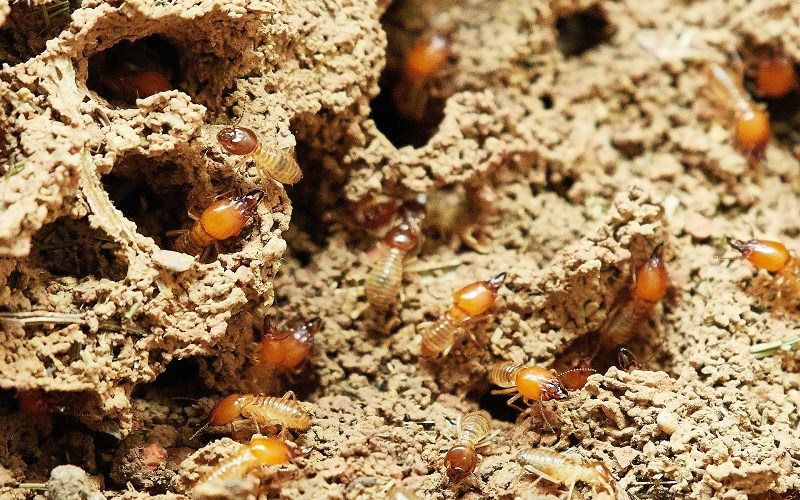
Wooden Decks
During the breeding season, flying termites swarm out in search of suitable locations to establish new colonies. Upon landing, they shed their wings and then search for mates to mate with. The discarded termite wings serve as a clear indication of nearby termite nests.
Image: Because termites prefer damp and dark environments, they hollow out the interior of wooden structures without causing any visible damage to the surface. Therefore, termite infestations in wooden decks are not easily detected. By the time you notice them, it's already too late!
Above-Ground Nests
While underground ants typically build their nests in soil, they sometimes establish nests above ground in locations such as tree hollows, walls, cracks under decks, or even in long-abandoned wooden cabinets. Similar to ant trails, these nests help maintain appropriate temperature and humidity levels and also provide protection for the ants from their natural predators.
Left: An above-ground nest discovered in the electrical room of a high school.
Right: Nest inside a wardrobe.
Warm Tips for Guests
Upon discovering a termite infestation, it's important to remain calm, and all items should be left in their original condition. Try to maintain the affected areas as they are and avoid attempting to remove or discard items damaged by termites.
Avoid trying popular methods for termite eradication or spraying pesticides, insecticides, or disinfectants yourself, as this can hinder the effectiveness of termite control efforts. Please contact us immediately, and we will promptly handle the situation. Removing items damaged by termites or spraying termite pesticides yourself may not effectively eliminate termites and could potentially worsen the situation.
Neighbourhood/Termite Invasion Experience
If your building is experiencing a termite invasion, it's only a matter of time before the termites pay you a visit too! Termites rarely originate from high-rise buildings; they usually come from underground. So, don't blame your neighbours for bringing termites; they are victims just like you! The most important thing is to regularly monitor any unusual occurrences in your home environment and try to minimize conditions that may attract termites.
Media coverage and our pest extermination process



















